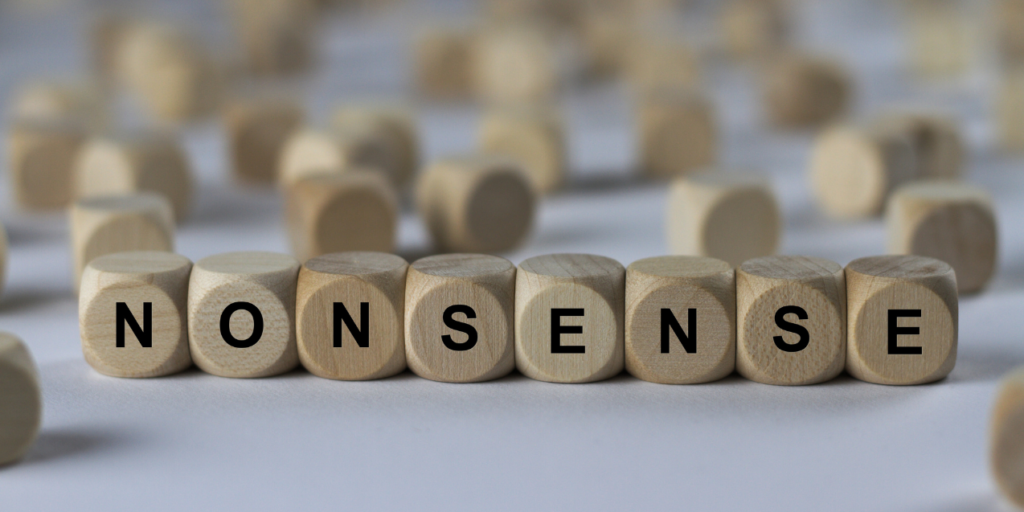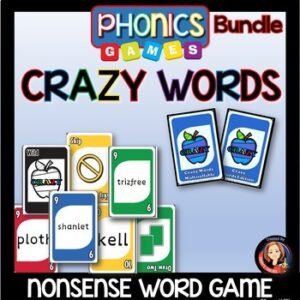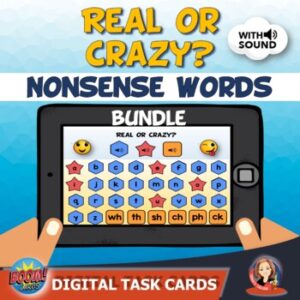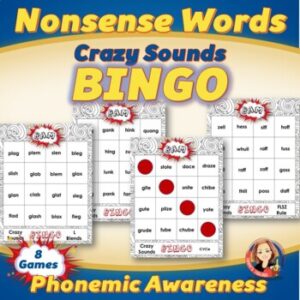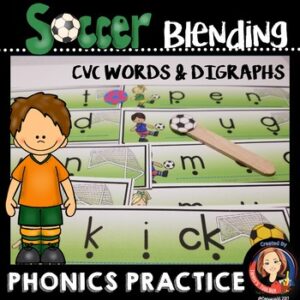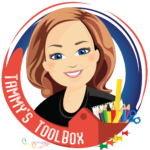USING NONSENSE WORD ACTIVITIES EFFECTIVELY IN THE CLASSROOM
Using nonsense word activities in your classroom doesn’t have to be confusing. Have you ever seen a word list and thought, “what are these kids learning?” A list might look like zob, mip, laf, hon. These are called nonsense words. Nonsense words in the classroom are an effective way to help early and struggling readers.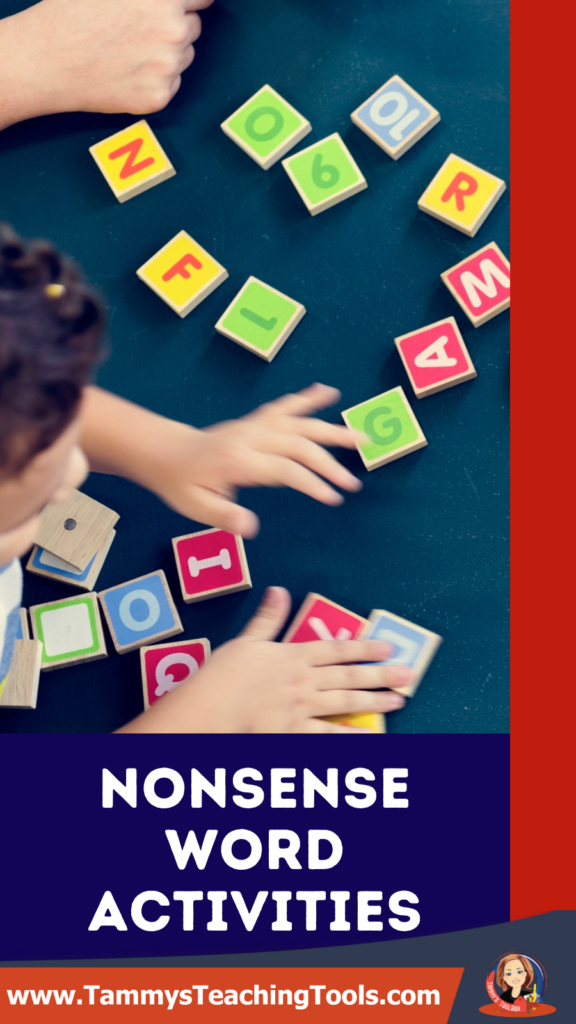
WHAT ARE NONSENSE WORDS?
According to Wikipedia, a nonsense word has no definition. They are made-up words that follow phonetic rules and can be pronounced yet have no dictionary meaning. They could be referred to as “silly words,” “pseudowords,” “non-words,” “alien words,” or “monster words,” depending on the classroom setting. I like to call them crazy words. Furthermore, nonsense word reading is a quick way to measure a student’s ability to decode individual sounds and then blend them to read. These tests gauge a student’s progression of early alphabetic skills.
Here is a list of nonsense words using short a. Bab, hab, mab, pab, plab, clab, shab, smab, whab, trab, spab, chab, chack, vack . You get the picture. These words practice decoding beginning and ending consonant sounds, short a, consonant blends, and consonant digraphs.
WHAT IS THE PURPOSE OF NONSENSE WORDS IN THE CLASSROOM?
Using nonsense word activities, we can determine whether a child knows letter-sound relationships. Simply, it helps develop the ability to accurately decode single-syllable words. These assessments give valuable information on whether or not a child can blend sounds to read words they have never seen before. When students memorize words, it is hard for a teacher to tell if they are depending on decoding strategies or memorization to read. When reading and spelling nonsense words, students must use both phoneme awareness and letter-sound skills.
Research shows that the ability to decode nonsense words fluently is a “potent predictor of reading ability at all levels.” Students who have practiced decoding words that they know are not actual words transfer the same decoding skills to real words.
As students get older, they see more complex words. Multisyllabic words require decoding many small “word parts” and putting them together. These word parts are like nonsense words.
HOW TO USE NONSENSE WORDS IN INSTRUCTION
Use these words carefully. The majority of words used in phonics instruction should be actual words. If you are teaching ELL (English Language Learners), it’s not advised to use nonsense words as they are trying very hard to make sense of the real words they are learning in English.
Remember, students cannot read for meaning if they cannot decode words. Just like real words, nonsense words have vowel patterns and consonants. They are decodable. When teaching phonics skills and blending new sounds, include some nonsense word activities in your instruction. This lets students practice decoding using a specific skill and gives a more accurate assessment of the student’s mastery. Nonsense words can be a fun way for readers to apply their skills to unknown words. The reward for teachers will come as you see your students’ ability to read fluently and comprehend grow.
NONSENSE WORD ACTIVITIES
- Use a blending binder/drill to generate sound cards randomly.
- Students love playing with spinners and letter dice. Utilize this for beginning, middle and ending sounds to generate nonsense words randomly.
- Resources such as Recipe for Reading and Angling for Words can also be excellent sources of nonsense words. Another good source for nonsense words is Equipped for Reading Success by David Kilpatrick.
- Roll and read or board games are good opportunities for practice reading nonsense words. Have students create nonsense words cards and use them in the games.
- Have students mark up nonsense words. Find and circle the vowel, underline the blend, box the digraph, x the silent e, etc…….
 Have students sort words by real word or nonsense word. This nonsense word activity gives multisensory practice decoding words and assesses if a child is using guessing or memorization instead of decoding. You can also include both real and nonsense words in other word sorts. For example long vowel/short vowel or consonant blends.
Have students sort words by real word or nonsense word. This nonsense word activity gives multisensory practice decoding words and assesses if a child is using guessing or memorization instead of decoding. You can also include both real and nonsense words in other word sorts. For example long vowel/short vowel or consonant blends.
Here are some fun, low prep games using nonsense words. You can also use the game cards for sorting, other games, and dictation practice.
This is a fun digital real vs. nonsense word activity
Ready-made nonsense word bingo game
Blending and Segmenting Task Cards – Includes nonsense words
As you can see there is research and purpose behind the use of nonsense words in helping young and struggling readers. Nonsense word proficiency is directly related to real word reading proficiency. Including nonsense word activity in your classroom instruction is one more way to develop strong readers. I’d love to hear your thoughts and experiences in the comments.
Put some nonsense into your teaching.

➥ Don’t forget to check out the Free Resource Library where you can get some nonsense word activity freebies!

